Letters from Lodi
An insightful and objective look at viticulture and winemaking from the Lodi
Appellation and the growers and vintners behind these crafts. Told from the
perspective of multi-award winning wine journalist, Randy Caparoso.
Discerning wines of the immediate future through what we know about the past and what's going in Lodi
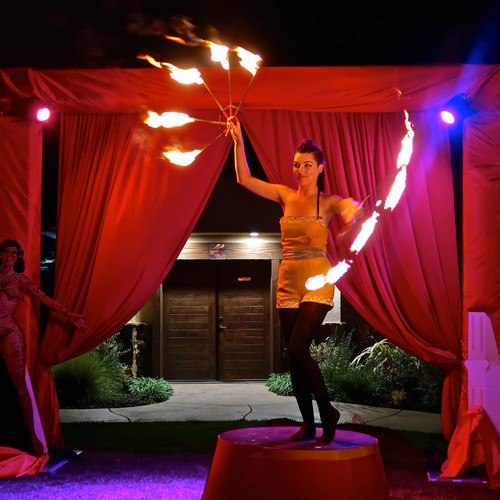
Entertainment during the "Freakshow" party at Lodi's Michael David Winery, reflecting (in a sense) the bold diversity of Lodi-grown wines
In 2018 Dr. Liz Thach—a Master of Wine and Sonoma State University professor—came out with something she calls the "Wine Palate Life Cycle Wheel," illustrating the natural evolution of consumer tastes in wine. For full details, visit her article in Wine Business Monthly entitled "Do Wine Consumer Preferences Change Over Time?".
Based upon polling data conducted by Sonoma State University, Dr. Thach concluded that most wine consumers go through "four phases of taste migration":
Phase 1—Semi-sweet whites and rosés
Phase 2—Softer reds and dryer whites and rosés wines
Phase 2—Bolder, more tannic reds and unique varietal whites
Phase 4—More distinctive wine styles, such as "earthy Barolos and Burgundies, petrol-laced dry Riesling, and/or nutty Sherry and Madeira."
When presenting her Wine Palate Life Cycle Wheel, Thach made the qualification that this is "just a model, with little scientific proof to justify its four phases." All the same, the professor's wheel makes all the sense in the world:
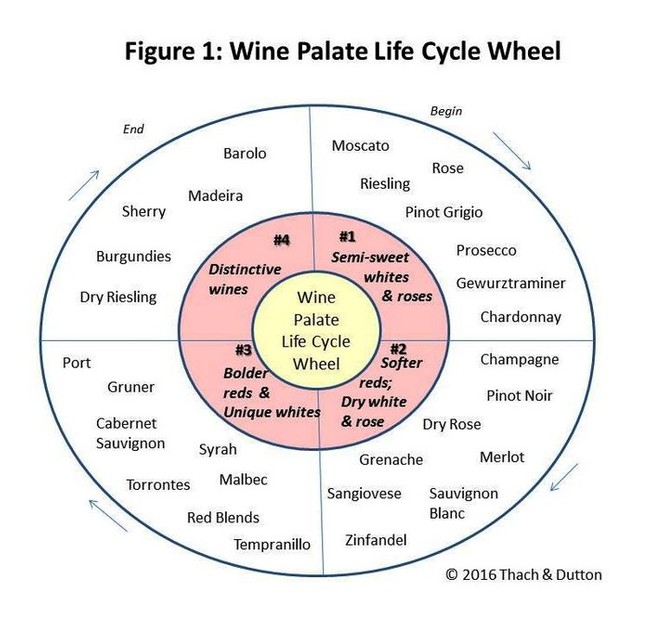
Adding to the validity of her assessment of consumer tastes, Thach backed up her Wheel with polling samples, including the simple question: “Have your wine preferences changed since you first started drinking wine?” The results:
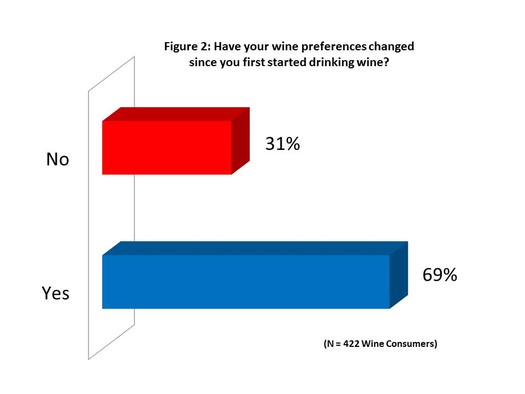
This analysis, however, brings up an even more salient question: What will American wine consumers be drinking over the next 10 or 20 years? In order to extrapolate an answer to that question, it makes sense to look at exactly what consumers have been drinking—that is, the top-selling table wines in the U.S.—over the past 60 years.
Another telling sign is to look at exactly what is in the ground in the Lodi Viticultural Area for this simple reason: Lodi winegrowers supply most of the grapes going into the wines most Americans actually drink.
Thach's Cycle, for instance, postulates that in "Phase 4," consumers are more interested in "Barolas and Burgundies, petrol-laced dry Riesling and/or nutty Sherry and Madeira." Dr. Thach, however, is citing examples of types of wines rather than what Americans with more sophisticated palates are actually drinking, especially since wines like Barolas and Burgundies are extremely rare, almost unobtainable to average consumers, and very expensive (well over $50 or $100). The wines that Americans actually drink, on the other hand, are easily found on any supermarket shelf and are generally priced well less than $12 or $18, or $28 to $35 at the most.
Hence, our own "Wheel," which surmises what consumers will be drinking based upon the evolution of tastes we have already seen since the 1960s:
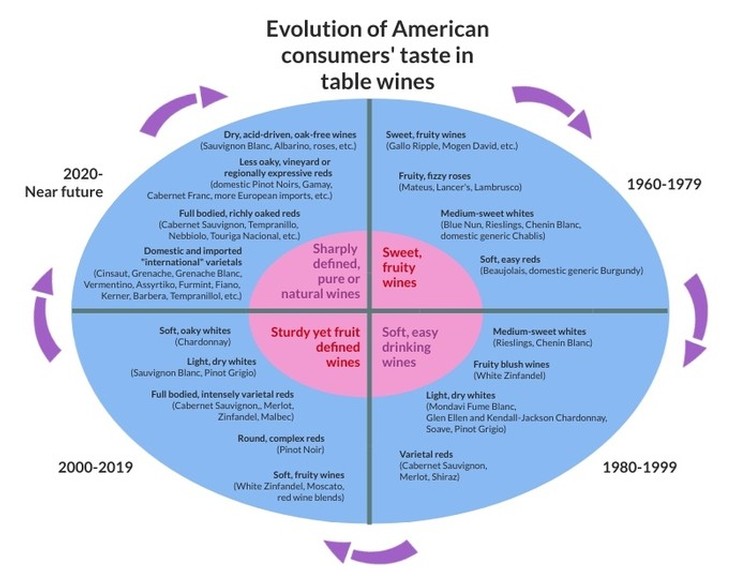
A few remarks on these evolving tastes:
1. As Dr. Thach's poll found, most people start off drinking soft, fruity wines with perceptible degrees of sweetness. This is why the top-selling wines in the 1960s and 1970s were products like E. & J. Gallo's Ripple, Mateus Rosé, and Blue Nun Liebfraumilch. This taste profile carried on in the 1980s and 1990s, although during those years it was wines like Sutter Home White Zinfandel that became the overwhelmingly most popular wines.
2. When Americans began developing a taste for dryer white wines towards the end of the 1960s, it was for light, easy-drinking white wines with round or fruity sensory profiles, as opposed to bone-dry, tart-edged profiles. These styles of whites exploded in the mid-1980s with the sudden availability of valued-priced Chardonnays made by producers like Glen Ellen and Kendall-Jackson. This style of white wine, often enhanced by "buttery" oak qualities, remains extremely popular today; although relatively oak-free dry whites such as New Zealand Sauvignon Blanc and Italian Pinot Grigio have also become very popular.
3. Over the past 60 years tastes in red wines have evolved from soft, fruity reds such as French Beaujolais to deeper, sturdier, varietal fruit-defined reds such as Cabernet Sauvignon and Merlot. While varietal reds such as Pinot Noir tend to be softer in tannin than Cabernet Sauvignon, this varietal category did not become popular among average American wine consumers until the early 2000s (especially after the movie Sideways came out in 2004).
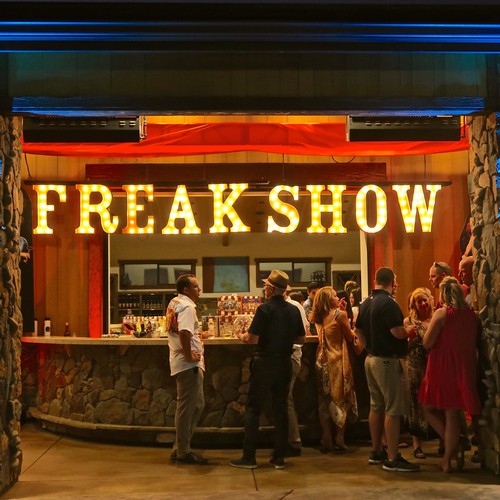
Michael David Winery's "Freakshow" party
4. Interest in Zinfandel as a red wine, rather than just a fruity "blush" wine, picked up in the mid-1990s and early 2000s. You can trace the growth of Lodi wineries like Michael David—going from less than 10,000 cases in the late 1990s to over half-a-million cases by 2010—directly along the lines of this varietal's fortunes. Zinfandel also reflects the consumer tastes for red wines that are fuller in body, fairly rich in oak, and very expressive in fruit qualities. To a great extent, the recent popularity of red wine blends, which also tend to be full-bodied and intense in fruit and oak qualities, is also a reflection of this consumer taste. Red wine blends, in fact, currently make up the third most popular wine category, after Cabernet Sauvignon and Chardonnay.
5. Here in Lodi, the popularity of "alternative" varietals such as Albariño and Tempranillo has grown to the point where there are more Lodi wineries offering these varietals than Cabernet Sauvignon and Chardonnay. This is far from a reflection of American tastes in general—Cabernet Sauvignon and Chardonnay remain the top-selling wines in the U.S., by far. At the moment, the local popularity of Albariño and Tempranillo is something of a Lodi peculiarity. You can say the same thing about Lodi wines made from grapes like Cinsaut, Grenache, Grenache Blanc, Kerner, Vermentino, Barbera, etc. If anything, the growing interest in "international" varietals within Lodi itself serves as a harbinger of what more Americans may be drinking over the next 20 years because, simply, it demonstrates the fact that average consumers are very much open to alternative styles of wine. Future consumer preferences will be far more diverse than ever before, going well beyond Cabernet Sauvignon, Chardonnay, Pinot Noir, Sauvignon Blanc, or red wine blends.
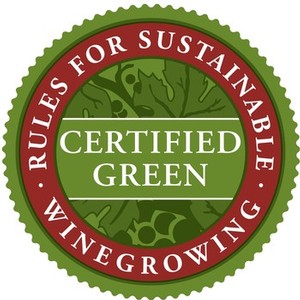
A seal appearing on more and more popular wines
6. Finally, just within the past four or five years there have been three more small yet significant changes in consumer tastes:
• Growing interest in bone-dry whites and rosés with minimal or zero oak influence, and tart (i.e. acid-driven) as opposed to soft or round qualities, as well as qualities suggesting minerality as opposed to pure fruitiness.
• Emerging taste for red wines with fewer oak qualities, that are lighter in body, a little more acid-driven, and often with non-fruit, often earthy qualities reflecting vineyard or regional distinctions (i.e. terroir).
• Increased appreciation for wines with more "natural," or less "manipulated" tastes, as well as wines that carry certification seals for being sustainably or organically grown.
If anything, these subtle changes in consumers' sensory preferences are bound to be reflected in not just the popular wine categories (Cabernet Sauvignon, Chardonnay, Pinot Noir, Zinfandel, red wine blends, etc.), but also in the proliferating diversity of wines made from alternative grape varieties, both domestically produced and imported. We're already seeing this transition in Lodi—particularly in terms of sustainability (re the region's industry-leading LODI RULES for Sustainable Winegrowing)—and since it's all happening here, there is no reason not to expect it to happen across the entire country.
Our next post: Examples of alternative style Lodi wines reflecting the wave of the future, part 1
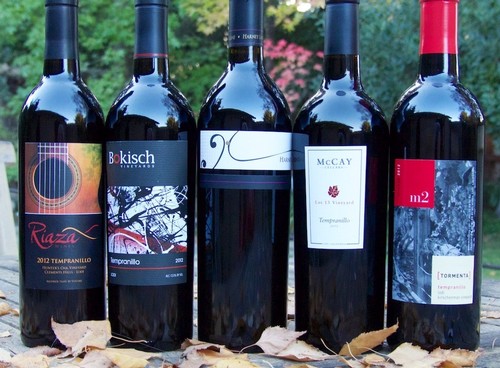
A few of the many Lodi-grown Tempranillos, reflecting the diversity of wines that will soon become a rule rather exception among American consumers (photo courtesy of Pull That Cork blog)